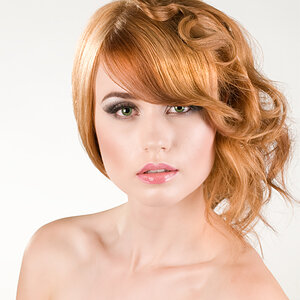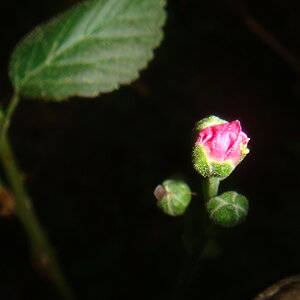William Baroo
TPF Noob!
- Joined
- Aug 30, 2023
- Messages
- 104
- Reaction score
- 14
- Location
- FL
- Can others edit my Photos
- Photos OK to edit
Is a polarizing filter a good idea for outdoor photos and videos in mountainous areas? I hope to be in the alps next month.




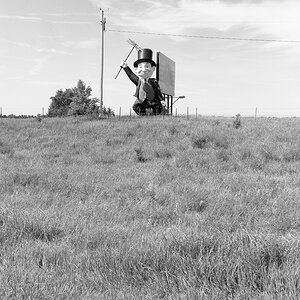


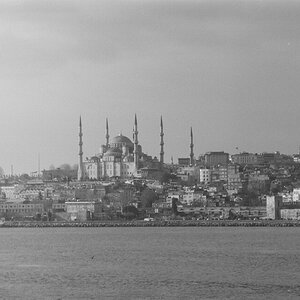

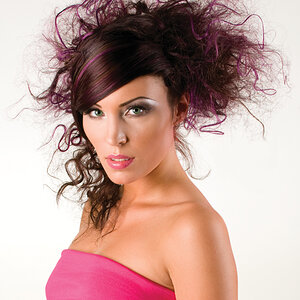
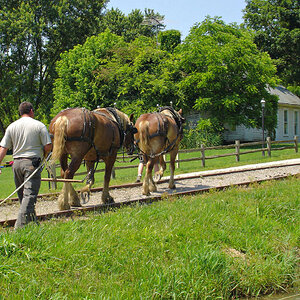
![[No title]](/data/xfmg/thumbnail/41/41797-ed370d68dae70f5b0a7252ec2d525912.jpg?1619739896)
